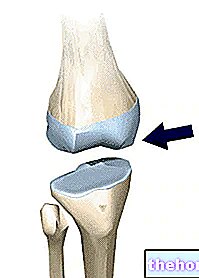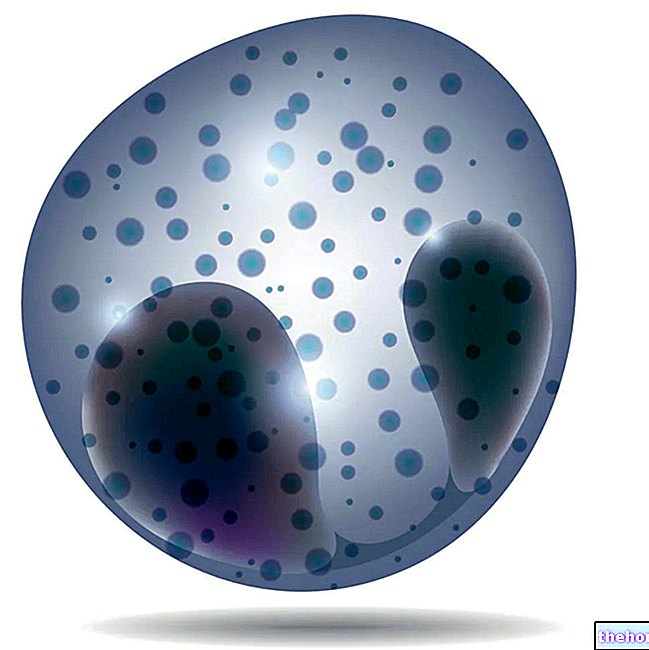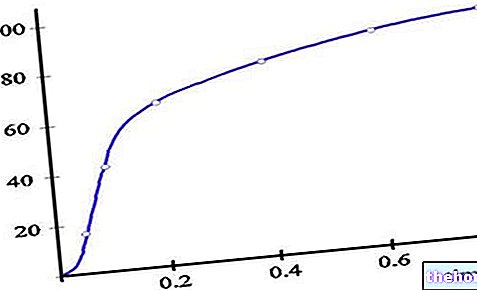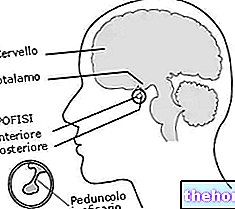Hyperhidrosis
Sweat is the secretion product of two to four million sweat glands dispersed in the middle layer of human skin. These glands are concentrated in the forehead, scalp, armpits, palm of the hand and sole of the foot.
Sweat appears as a colorless, slightly salty liquid, with an acid reaction and with a variable composition of salts (mainly sodium, potassium, magnesium and chlorine), in relation to the different physiological conditions of the "organism. It" consists for the most part of water, while the solid substances are contained in the proportion of 0.5-1.5%. One liter contains approximately 0.2-0.4 grams of sodium chloride.
Electrolyte concentrations in sweat and plasma
Sodium mEq / L
Chlorine mEq / L
Potassium mEq / L
Magnesium mEq / L
SWEAT
10 - 70
(on average 35)
5 - 60
1- 15
(average 5)
0.2 - 5
PLASMA
136 - 144
98 - 106
3.5 - 5.3
1.5 - 2.1
For every liter of evaporated water, the organism transfers an amount of heat equivalent to 580 kcal to the environment.

The thermo-dispersive efficacy of sweat is linked to the environmental conditions, it is in fact maximum in hot, dry and ventilated climates, while it is minimal when the humidity is high. A continuous flow of air on the skin surface favors the loss of heat for convention and this explains the cooling provided by fans in hot and humid climates. If the skin cools, the blood diverted from the deep layers towards the body surface (cutaneous vasodilation) is also cooled. Beyond this aspect, it must be remembered that it is not the sweat itself that disperses the heat in the environment, but its evaporation. For this reason, continuously drying the skin with a cloth hinders heat dispersion. Even changing damp clothes delays heat exchange, since the evaporation of sweat occurs only when the garments are abundantly wet.
Even more deleterious is the use of synthetic materials which produce a high relative humidity around the skin and delay the evaporation of water. When the temperature rises, it is good practice to wear linen or cotton clothing, preferably loose-fitting to favor the free convection of the air between the skin and the environment and white in color, to reflect sunlight.
An increase in sweating can be linked, in addition to known environmental factors, also to pathological conditions such as hyperthyroidism, obesity (the adipose tissue acts as a thermal insulator), states of anxiety, nervousness, menopause and hormonal imbalances of various origins.
A few medical terms:
hyperhidrosis: abnormal sweat secretion
ephidrosis: hyperhidrosis localized on one side of the body only
bromhidrosis: profuse sweating and bad odor
chromhidrosis: emission of colored sweat




























